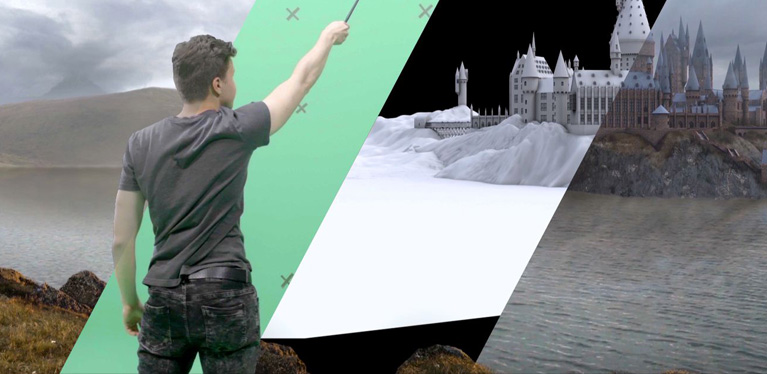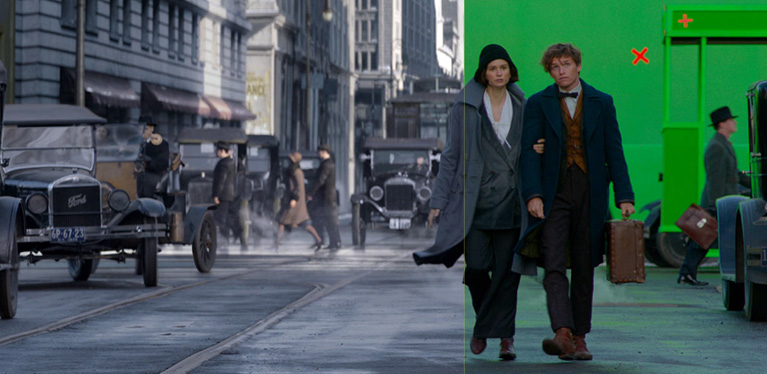Do you know that the movie ‘The Social Network’ has more VFX shots than Godzilla?
A good VFX shot either stuns you or gets away being completely unnoticed.
Special Effects artists create imagery that is impractical to achieve in real world. The majority of this is done via computers but by people who have nurtured their artistic side in balance with their technical skills.
If you’re among the ones who are curious about creating on-screen magic, then here are a few pointers to help you realise your creative vision through VFX:
Observe, don’t just see
Capture movements of a leaf swaying in the wind, animals chasing humans in a jungle, a shipwreck, and almost everything that moves while you’re watching it. The more you pay attention the better will be the realistic touch to your work. Watch plenty of movies and video games with visual effects that have an eye for details. Examine their approach to that style.
Learn it formally
Although there are no forced qualifications required to be involved in the animation or gaming industry, a well- structured certification or vocational course in VFX will always be an added advantage. These courses would help you evolve from hand sketches to mastering the most up to date industry-grade software. Also, learn things that don’t necessarily involve subjects on VFX techniques, it could be about the history of how visual effects came into being and discover a whole bunch of really cool movies you probably didn’t know even existed.
Experiment
There are six basic effects every VFX artist should learn to create, namely fire, water, clouds/smoke, explosions, lightning/electricity, and motion trails. Or else try recreating you are favourite CGI-ed scenes of movies. As a special effects artist, give it your own twist by experimenting with the software. Blender is a great place to start as it is a free open source to learn from. Most of the VFX studios use Maya as their software and thus a sound knowledge of it works well on a resume.

Create a showreel
A showreel is a culmination of your best works that you could highlight in a portfolio or while freelancing. While applying for jobs, you could send these demos to various studios stating your intent to apply for a position. Portfolio websites would also help you to have an insight of other artists and their works.

Learn coding
Artists who know coding are the most sought after by major studios in recent times. Coding could be life saving in automating parameters that usually take much longer when done manually. Python is the most generally used coding language but you could just learn any of the scripts.
Specialise
This comes later when you have got the flexibility with roles that goes along with VFX like compositing, rigging, texturing and environment building. While big budget projects have the visual effects tasks broken up as specific jobs, indie studios or freelancing would need you to move around these roles quite often.
As a FX artist one can get into the gaming industry, production houses and media and advertising agencies with ease. However it takes years of hard work and decades of experience to get recognised. So it is better to enjoy the journey before reaching the destination.

